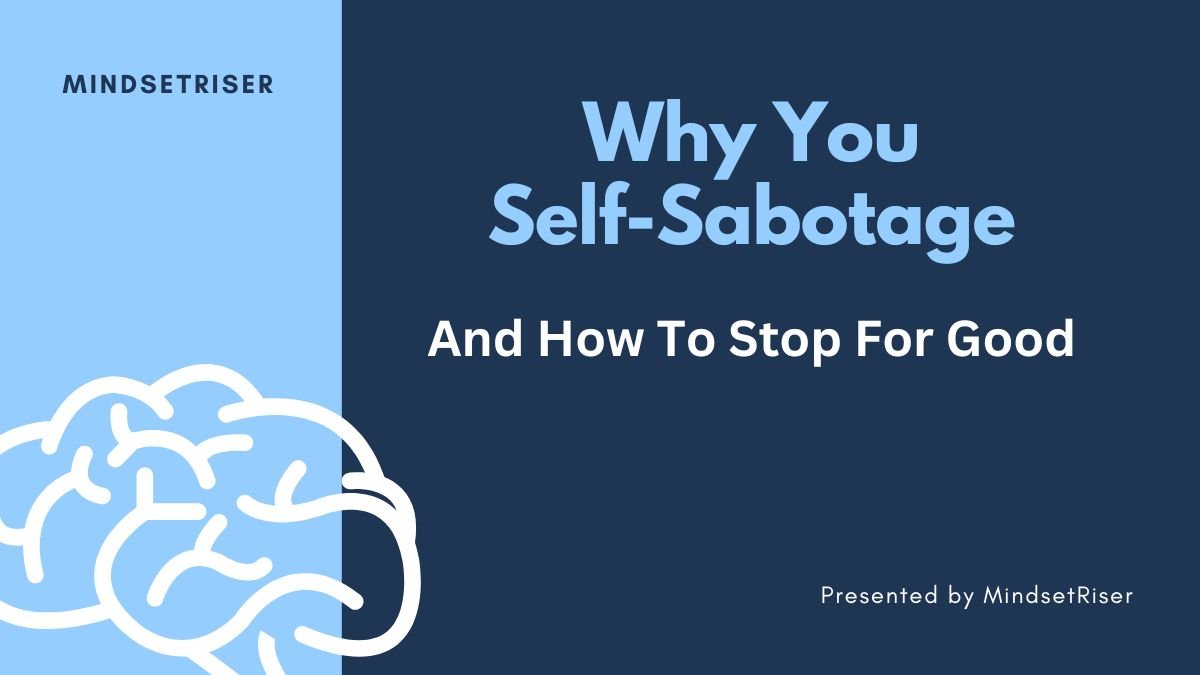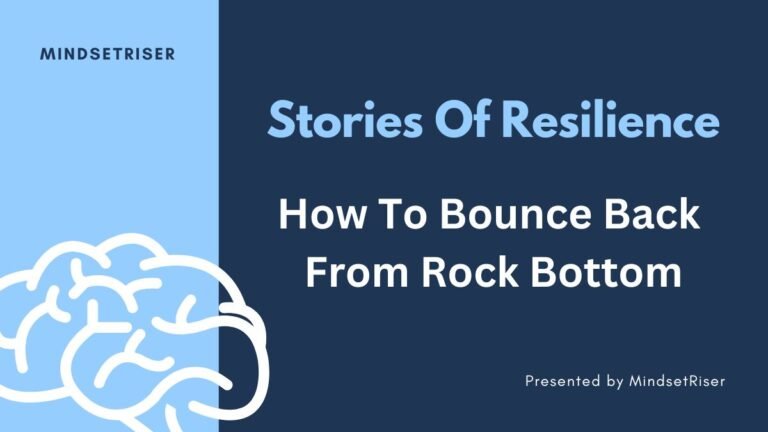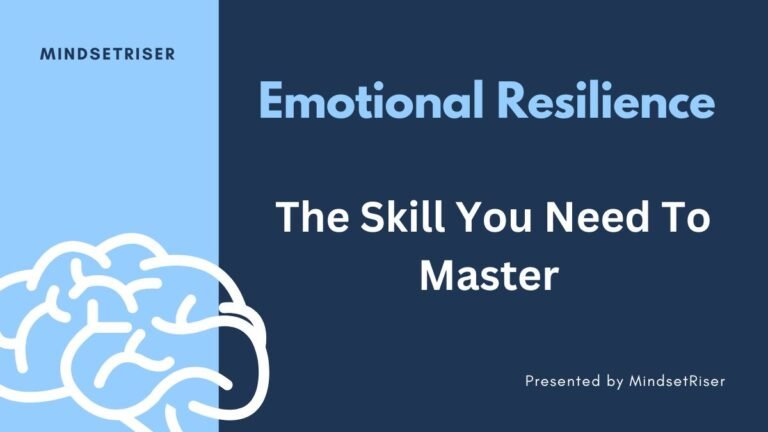Why You Self-Sabotage (And How to Stop for Good)
The Silent Killer of Your Potential You set a goal. You’re fired up. This time, you swear it’ll be different. Then—like clockwork—you procrastinate. You “forget” deadlines. You binge Netflix instead of working. You sabotage relationships just as they deepen. Why does this keep happening? Here’s the uncomfortable truth: Self-sabotage isn’t random. It’s your brain’s calculated mutiny against change. The good…
The Silent Killer of Your Potential
You set a goal. You’re fired up. This time, you swear it’ll be different.
Then—like clockwork—you procrastinate. You “forget” deadlines. You binge Netflix instead of working. You sabotage relationships just as they deepen.
Why does this keep happening?
Here’s the uncomfortable truth: Self-sabotage isn’t random. It’s your brain’s calculated mutiny against change.
The good news? You can disarm it—for good. Let’s expose the hidden triggers and reprogram your mind.
🔍 Part 1: Why Your Brain Betrays You
1. Fear of Failure (Your Brain’s Safety Net)
A 2017 study in Nature Neuroscience revealed something startling: Your brain processes potential failure as a physical threat.
- Example: When you procrastinate on a project, it’s not laziness—it’s your brain screaming: “If you don’t try, you can’t fail!”
- Fix: Reframe failure as data. Ask: “What’s the worst that could happen? How would I recover?”
2. Fear of Success (Yes, It’s Real)
Success = change, and your brain hates change.
- Case Study: A client lost 40lbs… then regained it all. In therapy, she admitted: “Being ‘the fit one’ made me feel like a fraud.”
- Fix: Write your “Worst-Case Success Scenario” (e.g., “If I get promoted, I’ll have less free time”). Most fears seem silly on paper.
3. Comfort Zone Addiction
Neuroscience shows your brain releases dopamine for predictability—even if it’s misery.
- Example: Staying in a dead-end job feels “safer” than risking a new career.
- Fix: Use the 5-Second Rule (Mel Robbins). When you feel resistance, count 5-4-3-2-1 and act.
4. Identity Conflict
If you secretly believe “I’m a quitter,” your actions will match.
- Research: Smokers who adopted “I’m a non-smoker” identities quit 3x faster (University College London).
- Fix: Upgrade your self-talk. Swap “I’m bad at this” for “I’m learning.”
⚡ Part 2: How to Stop Self-Sabotage (5 Science-Backed Steps)
Step 1: Spot Your Sabotage Patterns
- Journal prompt: “What do I do RIGHT before giving up?”
- Common culprits: Perfectionism (“If it’s not perfect, why try?”), overwhelm, or negative self-talk.
Step 2: The “2-Day Rule”
Miss a workout? Skip work once? No problem. Never twice.
- Why it works: Prevents the “screw it effect” (where one slip-up derails you).
Step 3: Design Your Environment
- Remove friction: Uninstall social media apps if you procrastinate.
- Add friction: Freeze your credit card in a block of ice to curb impulse spending.
Step 4: Celebrate Microscopic Wins
Your brain needs proof change is safe.
- Example: Avoided junk food today? Do a 10-second dance party.
Step 5: Rewire with “Failure Immunity”
- Exercise: Once a week, intentionally fail at something small (e.g., wear mismatched socks).
- Science: This trains your brain that failure isn’t fatal.
💡 When to Seek Help
Self-sabotage becomes toxic when:
- It’s tied to trauma (e.g., childhood neglect).
- You’re chronically self-destructive (e.g., substance abuse).
Therapy options: CBT (rewires thoughts), EMDR (for trauma).
🚀 Your Anti-Sabotage Challenge
Pick one area you self-sabotage. For 7 days:
- Spot the trigger (e.g., stress = binge eating).
- Use the 5-second rule to interrupt it.
- Celebrate every tiny win.
(Comment below: What’s your sabotage pattern? Let’s crowdsource fixes!)
📌 Key Takeaways:
✅ Self-sabotage is protection—not weakness.
✅ Fear of success is often scarier than fear of failure.
✅ Your environment shapes your behavior more than willpower.
✅ Action cures fear. Start small, celebrate often.







